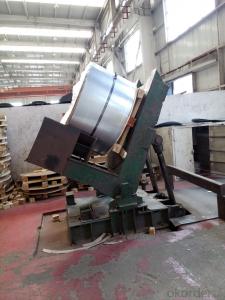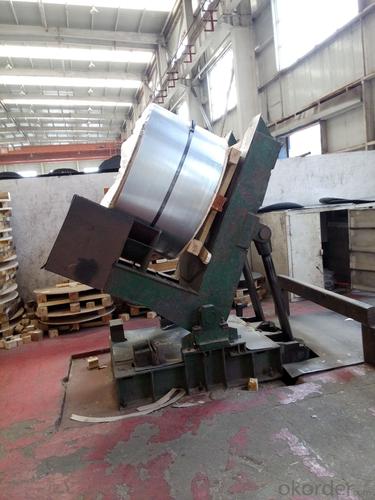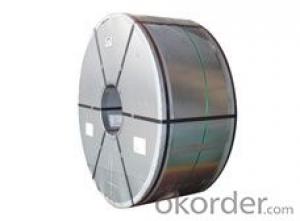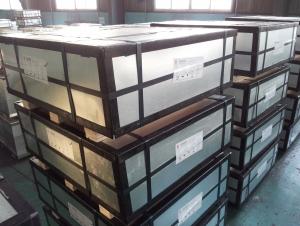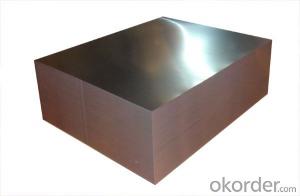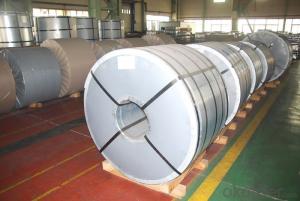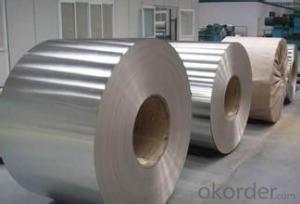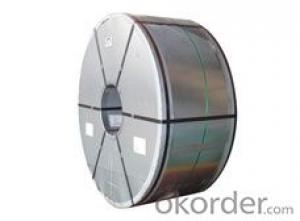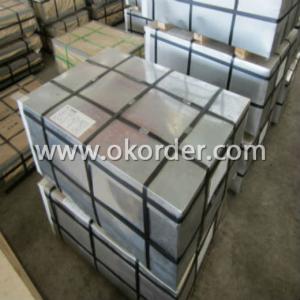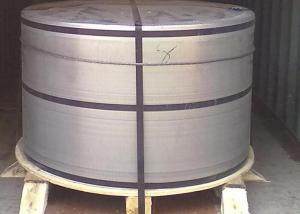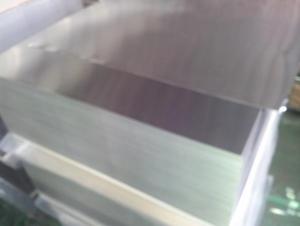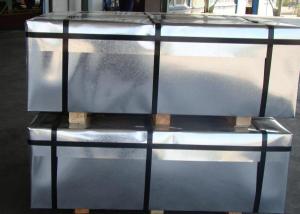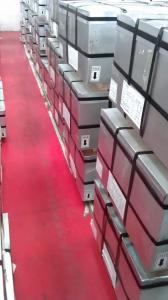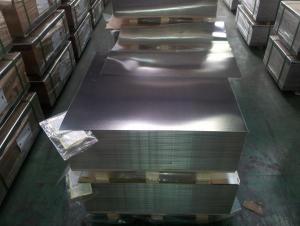TINPLATE ETP OF GOOD QUALITY
- Loading Port:
- China Main Port
- Payment Terms:
- TT OR LC
- Min Order Qty:
- -
- Supply Capability:
- -
OKorder Service Pledge
OKorder Financial Service
You Might Also Like
Our Tinplates Specification:
Standard: ISO 11949 -1995, GB/T2520-2000,JIS G3303,ASTM A623, BS EN 10202
Material: MR,SPCC
Thickness:0.15mm - 0.50mm
Width: 600mm -1150mm
Temper: T1-T5; DR8 - DR10;
Annealing: BA & CA
Passivation:311
Oil: DOS
Surface: Finish,bright,stone,matte,silver
Packing:
1、For sheets: plastic or waterproof paper, metallic cover and angles, steel strips,wooden pallet.
2、For Coils: plastic or waterproof paper,plastic protect plate,steel strips.
Coil Inner Diameter: 508mm
Weight: 6-10 tons/coil
Application: widely used in every kinds of packing cans,such as tea packaging cans, painting packaging cans, chemical packaging cans and dry food packaging cans; and also mechanical parts
Both Prime and Second Quality Are Available!!!
- Q: How does tinplate contribute to the overall protection of packaged products?
- Tinplate contributes to the overall protection of packaged products by providing a durable and corrosion-resistant barrier. This helps to prevent contamination, spoilage, and damage from external factors such as moisture, oxygen, light, and microorganisms. Tinplate also offers excellent heat resistance, ensuring the integrity and safety of the packaged products during transportation, storage, and usage.
- Q: What are the typical dimensions of tinplate sheets?
- The typical dimensions of tinplate sheets can vary, but they are commonly available in sizes of 2.5 feet by 3.5 feet or 4 feet by 8 feet.
- Q: How do you solve the water stains on the tinplate?
- Keep in an ample shade of light for about a week, during which time the spray stops.
- Q: What are the different types of tinplate containers available?
- There are several different types of tinplate containers available, including cans, tins, boxes, and drums. These containers can come in various shapes and sizes, and they are often used for packaging food, beverages, chemicals, and other products. Tinplate containers are known for their durability and ability to protect the contents from external factors such as light, air, and moisture.
- Q: Can tinplate be used for cooking utensils?
- No, tinplate is not suitable for cooking utensils as it can contaminate food with harmful substances.
- Q: Can tinplate be used for packaging electronic components?
- Yes, tinplate can be used for packaging electronic components. Tinplate is a material made from thin sheets of steel coated with a layer of tin, which provides excellent corrosion resistance and electrical conductivity. It is commonly used in the packaging industry for various applications, including packaging electronic components. The tin coating protects the components from moisture and other environmental factors, ensuring their safety and longevity. Additionally, tinplate offers good formability, making it suitable for creating customized packaging shapes to accommodate different electronic components.
- Q: How is tinplate used in the pet food industry?
- Tinplate is commonly used in the pet food industry for packaging cans or containers that store and preserve pet food products. Tinplate is a durable and corrosion-resistant material that helps maintain the quality and freshness of pet food. It also provides a barrier against external elements such as light, moisture, and air, thereby extending the shelf life of the product. Additionally, tinplate cans are easy to open and reseal, making them convenient for pet owners.
- Q: How does tinplate perform in terms of aroma and flavor preservation?
- Tinplate performs well in terms of aroma and flavor preservation. The tin coating on the steel substrate provides an effective barrier against oxygen, moisture, and light, which helps to preserve the freshness and quality of food or beverages inside the packaging. This ensures that the aroma and flavor of the product are protected and maintained over time.
- Q: How does tinplate compare to other packaging materials in terms of shelf appeal?
- Tinplate stands out among other packaging materials in terms of shelf appeal due to its unique metallic appearance and durability. Its glossy finish and reflective properties attract attention and enhance the visual appeal of products on store shelves. Additionally, tinplate can be easily customized with vibrant colors, intricate designs, and embossing, making it an excellent choice for brands looking to create eye-catching packaging. Overall, tinplate offers a visually appealing and premium look that sets it apart from other packaging materials.
- Q: What are the common labeling options for tinplate containers?
- The common labeling options for tinplate containers include adhesive labels, shrink sleeves, direct printing, and lithographic printing.
Send your message to us
TINPLATE ETP OF GOOD QUALITY
- Loading Port:
- China Main Port
- Payment Terms:
- TT OR LC
- Min Order Qty:
- -
- Supply Capability:
- -
OKorder Service Pledge
OKorder Financial Service
Similar products
Hot products
Hot Searches
Related keywords
